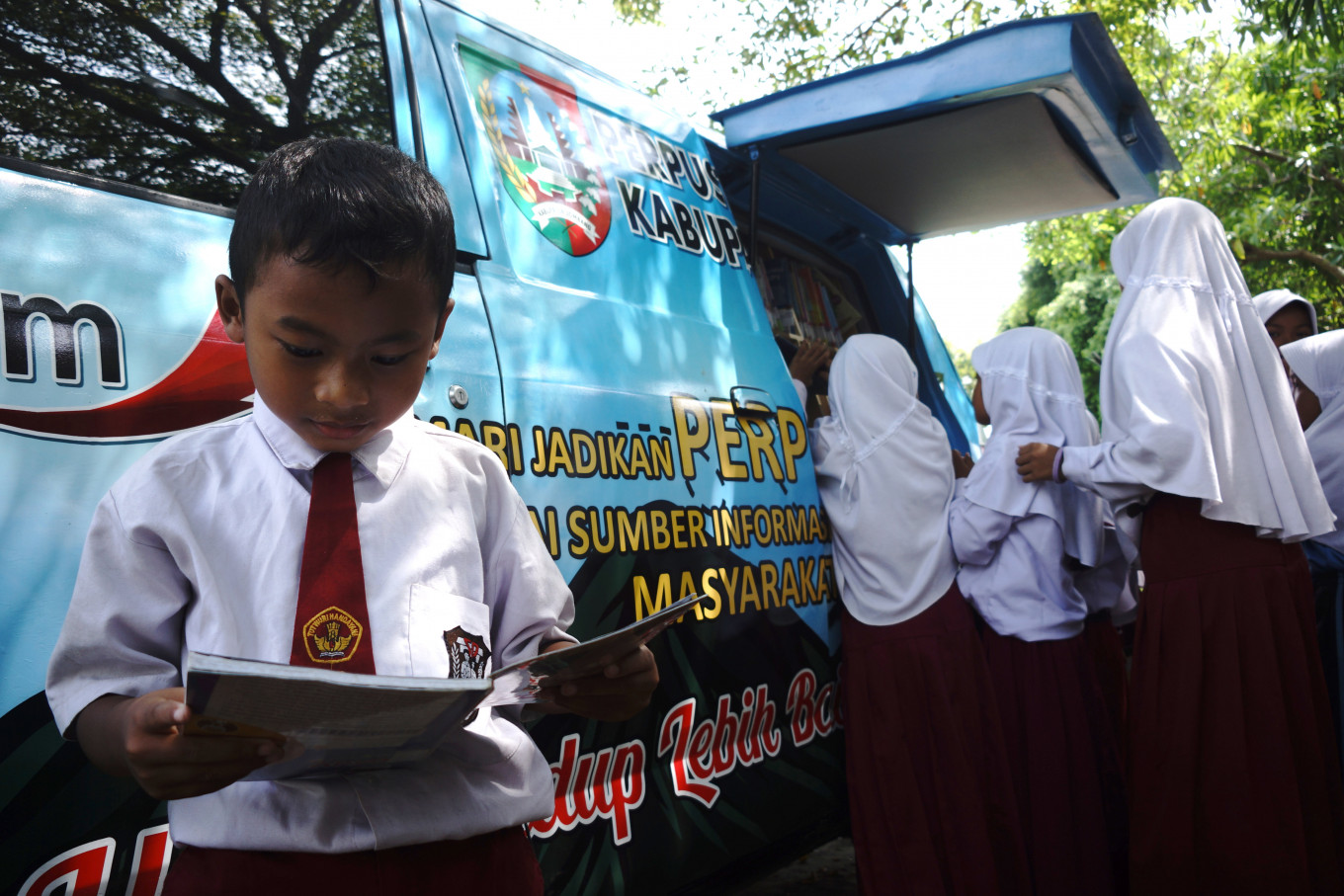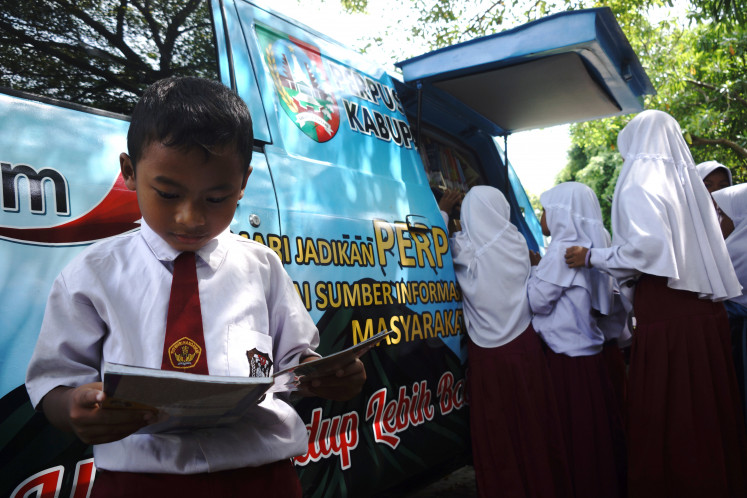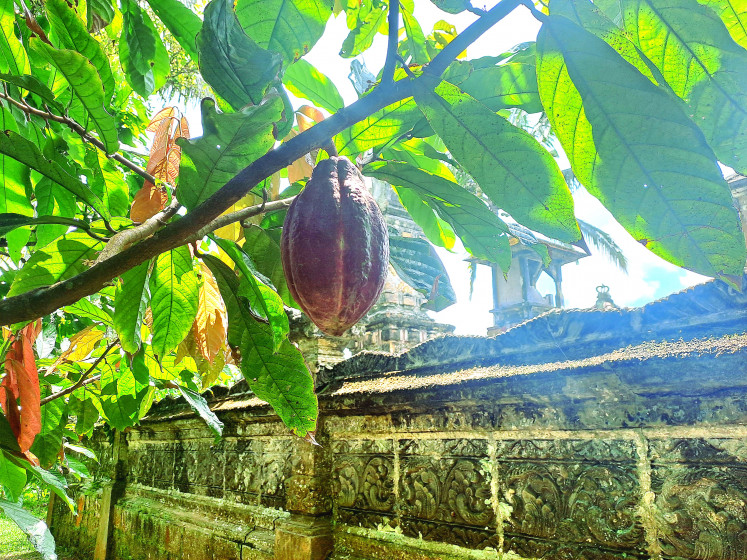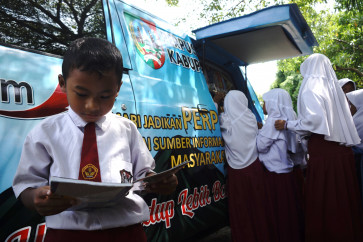Popular Reads
Top Results
Can't find what you're looking for?
View all search resultsPopular Reads
Top Results
Can't find what you're looking for?
View all search resultsTackling learning poverty in a nation battling real poverty
Addressing learning poverty in a carefully considered, holistic manner is key to the country developing and empowering its future generations to build a better future for all.
Change text size
Gift Premium Articles
to Anyone
A
s Indonesia commemorated National Education Day on May 2, I recalled a group of 8- to 10-year-olds in a small village I had taught several subjects to.
I can still vividly picture their struggle to read words and sentences properly. On observing their environment, I believe this is not an isolated case.
The World Bank refers to this as learning poverty, where a child is unable to read and understand simple text by the age of 10. Learning poverty needs to be tackled, as it is one of the key indicators of a country’s economic growth.
This phenomenon might trap millions of children and jeopardize the country's future. Hence, understanding learning poverty in a nation battling real poverty is crucial to crafting effective solutions.
The World Bank estimates that even before COVID-19, over half of Indonesian children suffered from learning poverty. This preexisting crisis exposes the weaknesses in our education system. Factors like an inflexible curriculum, uneven resource distribution and teacher training inadequacies contribute to this.
Breaking the cycle of learning poverty requires a multipronged approach that addresses not just the symptoms but also the root causes of learning poverty in a nation that is battling poverty.
Poverty and learning poverty are intricately linked. Children from impoverished backgrounds often lack access to quality early childhood education, a crucial stage for developing foundational literacy skills. Malnutrition, inadequate learning environments and limited access to educational resources further exacerbate the problem.



















